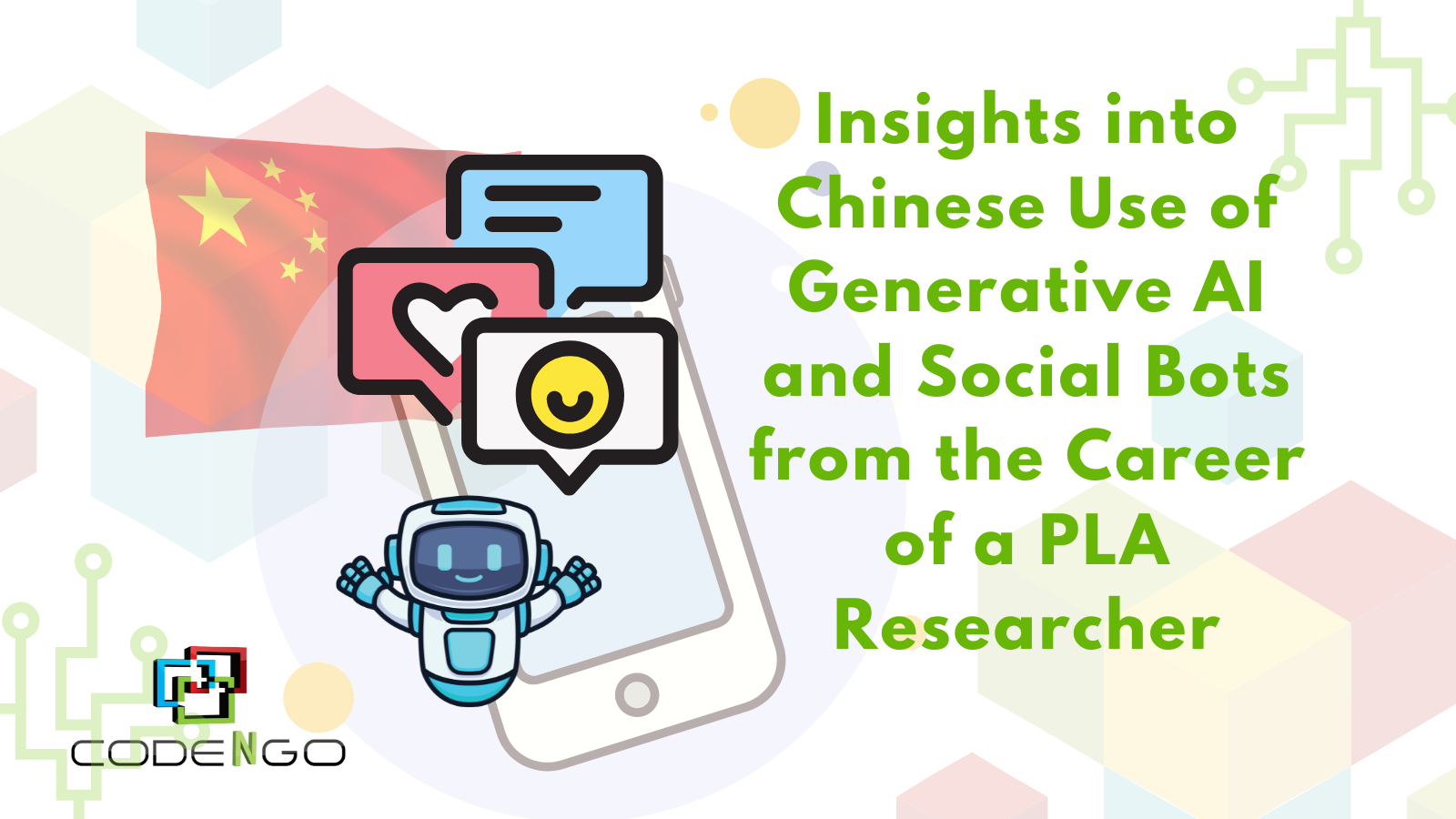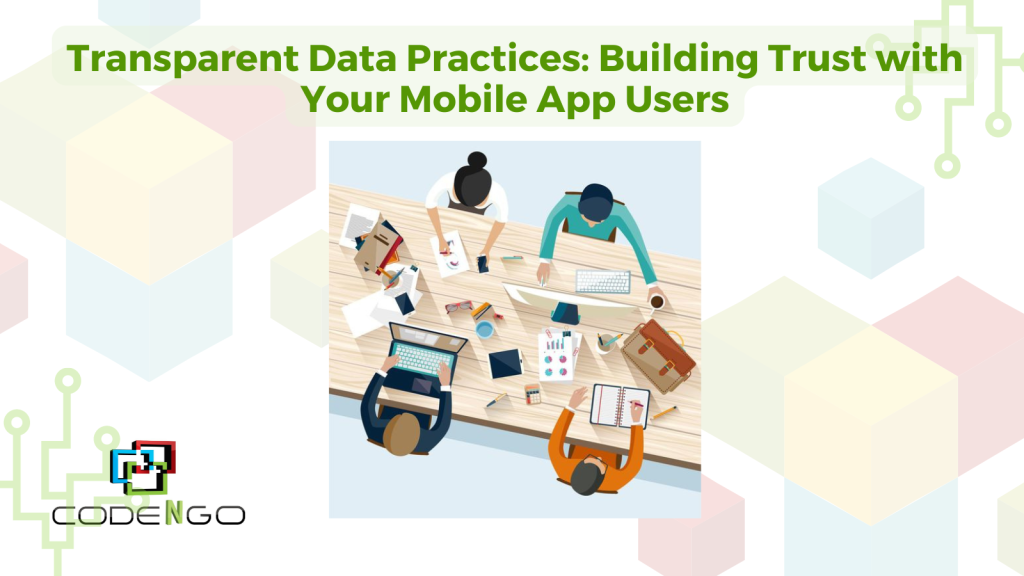Artificial intelligence (AI) is making mobile apps smarter than ever. Think about apps that predict what song you want to hear next or suggest the perfect pair of shoes based on your style. That’s AI at work! Creating these apps is all about making them easy to use and secure for everyone. Developers need to figure out how to combine cutting-edge technology with user-friendly designs. Here’s what makes AI-powered apps so special and how developers can make them even better.

Personalization Makes Apps More Fun
Imagine opening an app, and it feels like it already knows you. That’s personalization, and AI is the magic behind it. It learns what you like, whether it’s your favorite songs, movies, or workout routines, and tailors your experience. For example, a food delivery app might suggest your favorite pizza spot on a Friday night. But this only works if it’s done right. Developers need to use AI in a way that feels natural, not intrusive. Nobody wants an app that feels like it’s stalking them. Done well, personalization keeps users happy and coming back for more.
Why Security Matters
AI apps are amazing, but they need a lot of data to work. And when data moves between systems, it has to be protected. API security services keep everything safe behind the scenes. For example, if a fitness app connects to a smartwatch to track your steps, these tools make sure your data doesn’t end up in the wrong hands. It’s like having a digital bodyguard for your information. Keeping data safe builds trust, and trust keeps users around.
Don’t Overcomplicate Things
Let’s face it: nobody likes a complicated app. Even the smartest AI features won’t matter if the app is hard to use. The key is to make everything simple. Take a travel app, for instance. If it uses AI to suggest the best times to book a flight, it should present the information clearly, without making users hunt for it. Developers need to make sure their apps are helpful without being overwhelming. If an app feels effortless, users will stick with it and tell their friends about it too.
Test It Until It’s Perfect
Building an AI app is kind of like baking a cake. You have to test it to make sure it’s just right. Developers need to try out their apps in real-world situations to see how they work. Maybe a shopping app suggests shoes that don’t match the user’s style. That’s a problem testing can catch. And apps aren’t one-and-done. Instead, they need updates to stay relevant. The more you test and improve, the better the app becomes.
The Future is Bright
AI in mobile apps is just getting started, and the possibilities are endless. From apps that can recognize your voice to ones that predict what you’ll need before you know it, the future is exciting. Developers who focus on making apps secure, simple, and user-friendly will lead the way. When they focus on staying on top of new tech, they can build apps that people love. AI-powered apps are only going to get bigger, and it’s an exciting time to be part of this trend!










